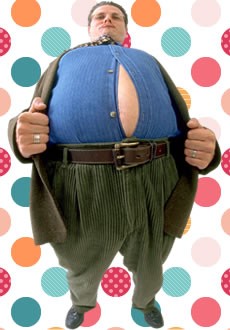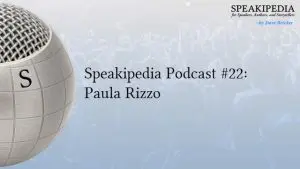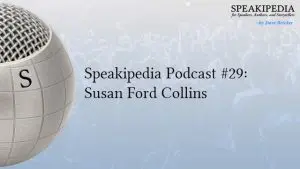 The word “that” is often abused. “That” is a perfectly useful pronoun but it’s often the useless fat that slows down an otherwise good sentence.
The word “that” is often abused. “That” is a perfectly useful pronoun but it’s often the useless fat that slows down an otherwise good sentence.
I think that you and I need to talk.
I told my readers that I would post another article about writing.
Two scoops is particularly fattening
I think that that is a capital idea.
As in the examples above, the use of “that” as a conjunction for introducing a subordinate clause exh5ssing a statement or hypothesis is technically correct, but in many cases, “that” is superfluous. It adds no clarity. The sentence functions just as well without it.
I think you and I need to talk.
I told my readers I would post another article about writing.
I think that is a capital idea.
Of course, “that” can help to differentiate between “this” and an array of other choices. In my “two scoops” example, I highlighted the second “that” in green because that one isn’t the “that” that’s causing the problem (sorry—couldn’t resist). “That” is fine when used as a pronoun or an adjective.
Could you hand that to me? (that used as a pronoun)
I don’t like that sentence. (that used as an adjective)
That’s what it takes to be a writer. (that used as a pronoun)
“Writing is Design” is based on the h5mise that design—a conscious, aesthetic decision-making process—can be broken down and understood according to patterns and principles. Just as the sheet music is not the symphony, an insightful analysis of grammar and style is not the same as a great paragraph. My goal is not to break writing down into a series of rules, but rather, to create a set of “lenses” or “filters” through which writers can view their work objectively. Our own style habits are often invisible to us, but words like “that” can be easily searched for and found with your word processor’s “find” function. Find each occurrence of “that” in your manuscript and make a conscious decision about whether to leave or delete it.
Sometimes, you’ll find that an unnecessary “that” sounds better—leave it. Sometimes “that” is used correctly as a pronoun or to make a distinction—leave it. But great design is a process of subtraction. Use “red flag” words and writing patterns to get the objective handle you need to track down and eliminate fat from your writing.
And that is that.
Articles in the Writing is Design Series include:
Writing is Design: Avoid Bland Pronouns and Boring Verbs
Writing is Design: Avoid Writing Clichés for Better Prose
Writing is Design: Two-Word Writing Clichés
Writing is Design: Boring Words & Generic Descriptions — Not Nice!
Writing is Design – Writing Dialogue: He Said. She Said.
Writing is Design: Eliminate THAT Fat From Your Writing
Writing is Design: Shy Away from Timid and Passive Writing





